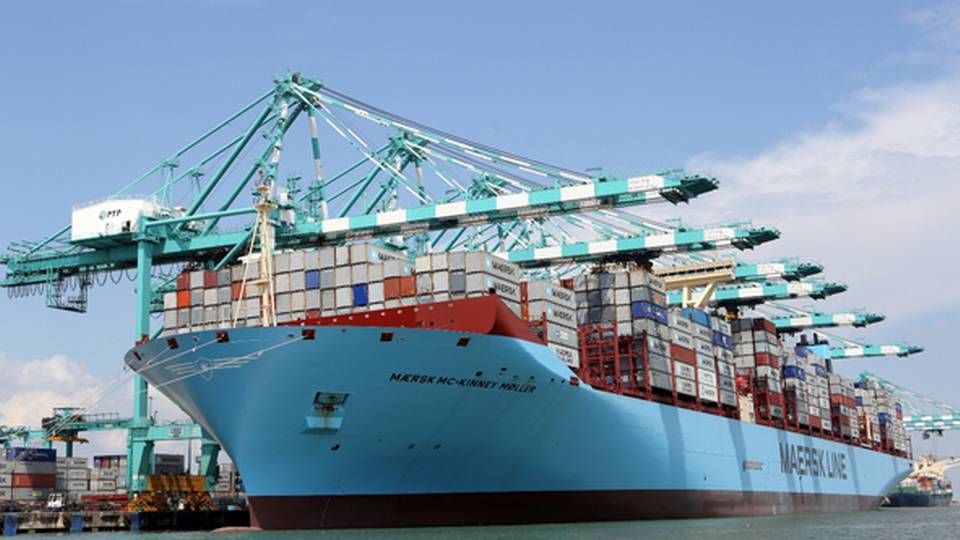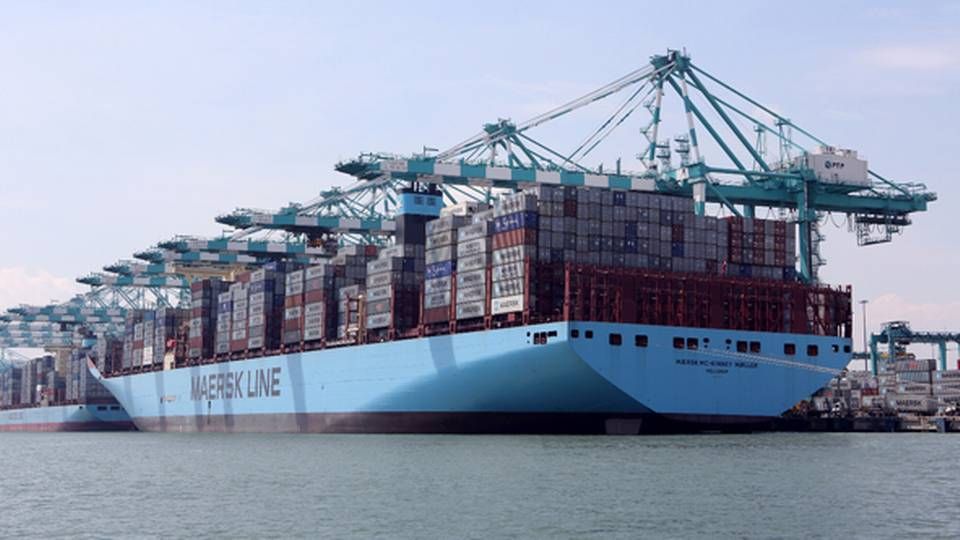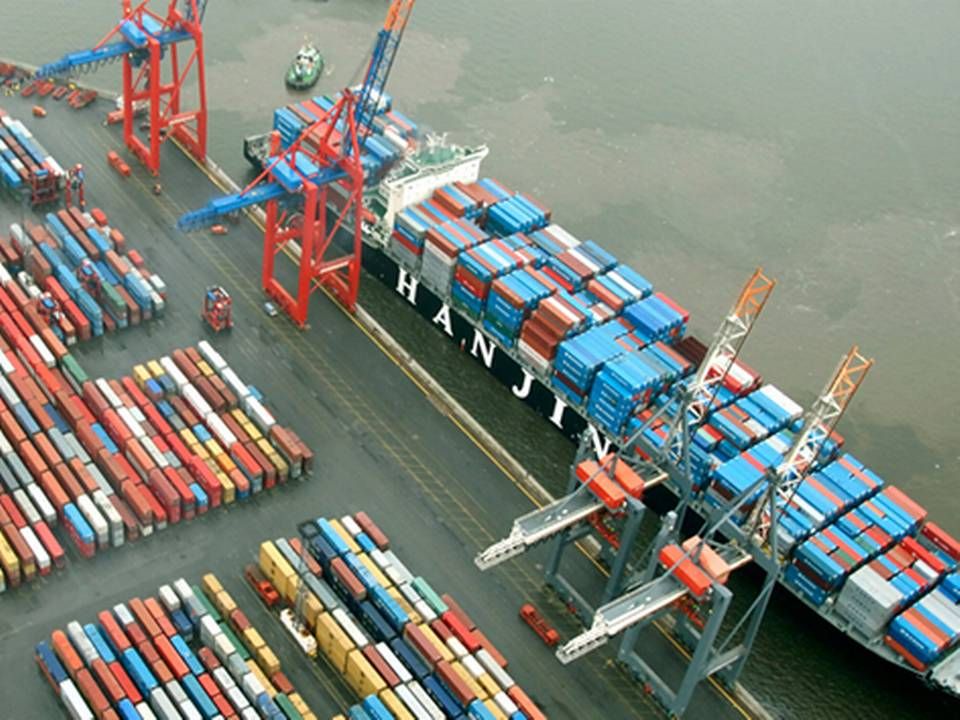These Asian ports are vying for P3's favor

SINGAPORE: The three partners in the new alliance, Maersk Line, MSC, and CMA CGM, are currently using three different ports in Southeast Asia, before sending their ships on to Europe and the United States. But the future collaboration between the three container carriers will most likely mean that one port in the region will handle the carriers' several million teu.
On the route from Asia to Northern Europe alone, the three giants hold a total of 45 percent of the market, so winning or losing will most likely be hugely important to the three ports, Port Kelang, Tanjung Pelegas, and Singapore. When Maersk left Singapore for Tanjung Pelegas, Singapore's revenue decreased by ten percent. So the new collaboration will definitely impact the three ports.
Port Kelang
The Malaysian Port Kelang is considered to be the port of Kuala Lumpur, as it's placed close to the Malaysian capital. With connections to 600 ports in 180 countries, Port Kelang is the biggest port in Malaysia and the preferred port of CMA CGM.
The port began to be used in 1901 to service the tin mining industry, the 112-year-old port has now developed into a major global player, handling more than 10,000 teu a year and ranked 13th on the list of the world's busiest cargo ports. The port has 24 berths for container ships spread across six kilometers.

The port's four terminals have at their disposal more than 60 port cranes, eight mobile cranes, five rail cranes, and one T-Rex crane. The biggest terminal is able to simultaneously handle three ships of 120,000 tons of tonnage each. The port handled a total of 10 million teu last year.
Port Kelang has a 207 hectars for handling containers, before the containers are forwarded either into or out of the country. Additionally, the port can hold 200,000containers in storage.
Maersk Line: P3 Alliance's key Asian port still in play
Kelang aims to have 98 percent of all dangerous and electronic cargo declared and handled withing 60 minutes after delivery during working hours. And when looking at frequent, monthly statistics, the port is able to comply with this stated goal practically all year.
The port is located in a 1,000 hectar free zone dedicated to both distribution and industry.
Port Keland is connected via, its highway network, to Thailand in the North and Singapore to the South. Furthermore, Kuala Lumpur's international airport as well as the railroad , which connects the port to Bangkok, is located close by.
Since 1993, the port has officialy stated that it intends to serve as the hub for ship transport in Asia.
Port of Tanjung Pelepas
Tanjung Pelepas is located close to the Singapore border in southern Malaysia and is currently Maersk's favored port in Asia, after the shipping company left Singapore in 2000, where the Danish giant purchased 30 percent of the port's shares.
The first container ship called in the port in 1999, after having received a three-month trial period from the Malaysian government, but the port quickly proved its worth by beating the record to become the world's fastest growing port, handling one million teu in 571 days. In addition to Maersk Line, other major carriers to use the port include Taiwanese Evergreen - and last year, MSC also decided to use the facilities at Tanjung Pelepas.
Tanjung Pelepas can handle eight million teu teu per year, and offers 12 berths apread across a distance of 4.3 kilometers. The port area can hold 200,000 containers and an additional 600,000 containers in storage while awaiting their next destination.
The two container terminals have 44 dockside cranes at their disposal, which can stack five containers on top of each other.
Like its two competitors, Tanjung Pelepas has been a free port since 1998, and the Malaysian government has since then granted a free zone of 500 hectars around the port - dedicated for both distribution, storage facilities and logistics, as well industry.
Tanjung Pelepas is located closed by the highway to both Kuala Lumpur (a 3.5 hour drive) and Singapore (approximately 30 minutes), as well as the Senai airport, a small international airport. Beyond this, the port is linked to the railroad network, which, like its national competitor at kelang, provides access to Thailand.
The port is currently expanding with 14 berths, expected to be ready for use next year and which will increase the capacity of the port to where it can handle 10.4 million teu a year. An additional three berths will be added before 2018. However, the port dreams of having 95 berths and being able to handle 150 million teu - though no specific plans exist at this time.
Singapore
Singapore was the world's busiest port until 2005. Even though Shanghai currently holds that title, Singapore remains a magnet for the world's ships - and the port is currently the preferred Asian base for the third parner in the coming P3 alliance, Swiss MSC.
However, the port's history goes all the way back to the end of the 13th Century, where the cargo consisted primarily of cotton and wood. Today the port handles one fifth of all containers shipped around the world - to 600 ports in 123 countries.
Every second or third minute, a ship either calls or departs from the port in Singapore, which means that at any given time, 1,000 ships are berthed in the small island nation. There are five daily departures for Europe alone.
The port can handle the world's largest container ship, Maersk Line's Triple-E, which is expected to call in Singapore for the first time in September this year. Even though Maersk currently uses Tanjung Pelepas as its preferred port in Asia, the company's ships still call in Singapore.
Port facilities are spread across the country's coastline, but since Singapore is not much bigger than Bornholm, the country's other large transport hub, the airport, is located quite close.
Singapore's total port facilities are operated by two private players, PSA and Jurong. PSA, which handles a vast majority of the operations, has 52 berths for container ships, spread across five terminals. Last year, 31.26 million teu passed through PSA's terminals.
The Pasir Panjang terminal has 23 berths on eight kilometers, and is the most advanced terminal. It handles 22 rows of containers and is thus geared for the world's largest container ships. The terminal is currently being expanded with 15 new berths for a price of USD 2.7 billion. The new facilities will put the terminal's total capacity at 50 million teu.
Drewry: P3 will have huge consequences for ports
Competitors will have to buy big to match P3
Related articles
Drewry: P3 will have huge consequences for ports
For subscribers
Competitors will have to buy big to match P3
For subscribers




















